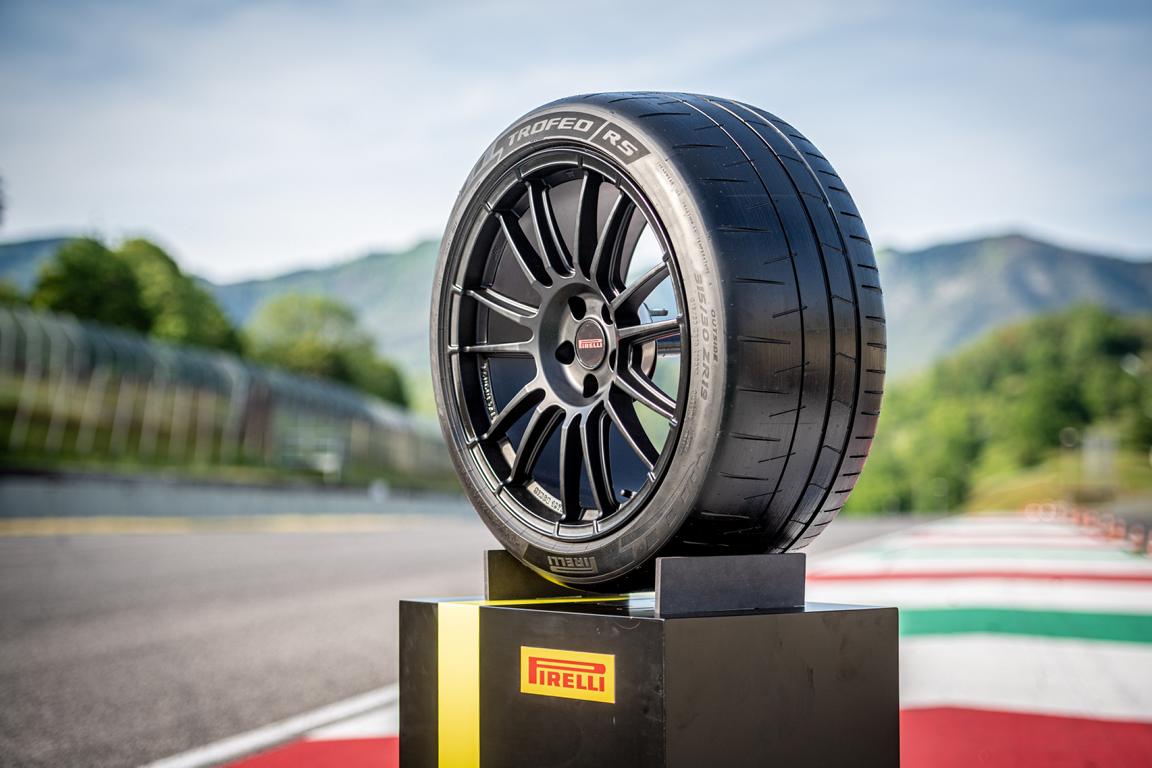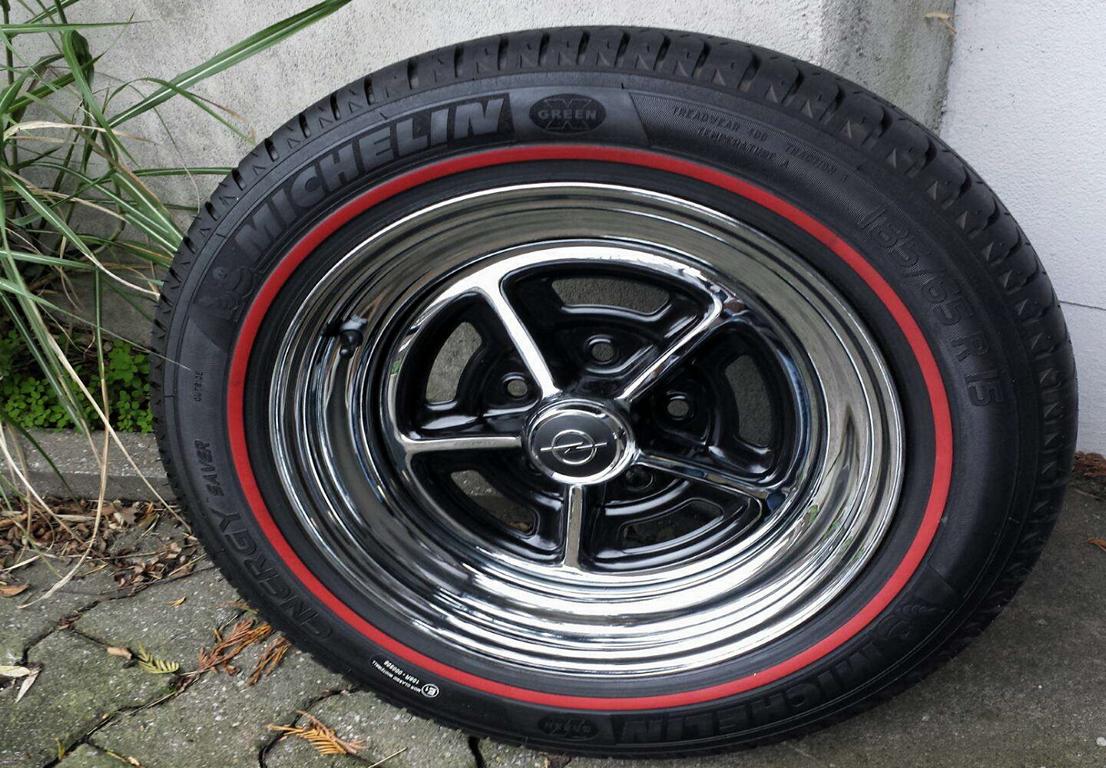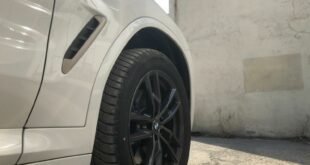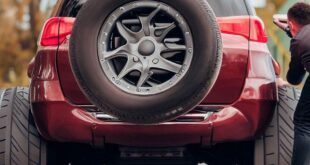In the automotive world, the choice of tires is often a crucial criterion - not only in terms of performance and safety, but also in terms of the overall appearance of the vehicle. Especially when it comes to tuning, of course, specifically Lowering or Custom rims goes. In particular, owners of lowered cars equipped with fancy aftermarket rims should be aware of the challenges that can arise when choosing the right tire width. Because even if two tires have exactly the same specified dimensions, they can in actual Width sometimes vary significantly.
What does "build up" mean for tires?
The term "build" in this context refers to the actual width of the tire when mounted on a rim. While most people think that the measurements on the tire, such as 255/30 R20, are a exact width define, in reality it can vary depending on the manufacturer and model.
Why does the actual width vary?
There are a variety of reasons why tires can have different constructions, even if they have the same dimensions. Manufacturing processes, materials, design decisions, and other specific production variables can result in two tire models having identical sizing to have different widths. An example from the following video by “The Dresden car company' clarifies the problem. It is about the difference between Hankook and Pirelli tires. A Hankook EVO S1 with the dimensions 255/30 R20 is sometimes significantly wider than a comparable tire from Pirelli. In fact, despite identical key data, the difference between the two brands can be up to 1,5 cm be.
Why is this relevant?
For many vehicle owners, a difference of 1,5 cm may seem minimal. However, for owners of lowered cars, especially in combination with special aftermarket rims, this small difference can have a significant impact. After all, in such a case, calculations are often made in millimeters between the edge of the fender and the tire. A tire that is too wide can Body (Fenders, wheel arch liner etc.) or on strut (inside) - or both - of the vehicle rubbing, which not only causes unpleasant noises but can also damage the tire and the vehicle. In addition, it is of course a safety-related shortcoming.
What should vehicle owners do?
It is crucial yourself before the purchase of tires over theirs actual width to inform. Workshops and specialist dealers can often provide detailed information on how specific tire brands and models fit on specific types of rims. Here they are special experience, which provide a reliable answer. In conclusion, it can be said that choosing the right tire goes far beyond simply looking at numbers, dimensions, the price or test reports. It's about, the right product for the specific tuning vehicle and the individual needs of the driver. A little research beforehand can save you a lot of hassle and unnecessary expense.
What should one pay attention to?
- dimension understanding: Do not solely rely on the stated dimensions, but understand that these may vary by manufacturer.
- manufacturing differences: Different brands and models may vary due to production processes and materials.
- Check actual width: Don't just look at the printed dimensions, consider the actual width of the tire.
- Comparison of different brands: Some brands, such as Hankook and Pirelli, may have different widths despite having the same dimensions.
- Concerns about lowering: Especially with lowered vehicles, problems can arise if the tire is too wide.
- risk of damage: Tires that are too wide can rub against the bodywork or the shock absorber.
- Advice from specialist dealers: Experts can provide valuable insight into the actual width and fit of tires for specific rims and vehicles.
- Own research: Do your own research and consider testimonials from others before you buy.
- equipment and assembly: Consider whether the existing rims are suitable for the selected tires.
- safety first: An incorrectly selected tire can affect driving safety.
General observations based on web feedback:
- Hankook: Some models from Hankook, like the EVO S1, are known to have a slightly wider build than some other brands with the same dimensions.
- Pirelli: Compared to Hankook, Pirelli can build narrower in some cases. But that also depends on the specific model.
- Michelin : As a rule, Michelin tires are built pretty much exactly to the dimensions given, although there can also be model differences here.
- Continental : This brand tends to build pretty much to the measurements given too, but again there may be differences between models.
- Bridgestone: Some models can build a little wider.
It is important to emphasize that these observations do not apply across the board to all tire models from these brands. The "construction" of a tire can vary from model to model, even within a brand.
thematically relevant posts
In our category Tips, products, information & Co We have reviews of car or accessories manufacturers, new ones Tuning Wiki Terms or one or the other Leak veröffentlicht.
 tuningblog.eu Your magazine about tuning the car
tuningblog.eu Your magazine about tuning the car




